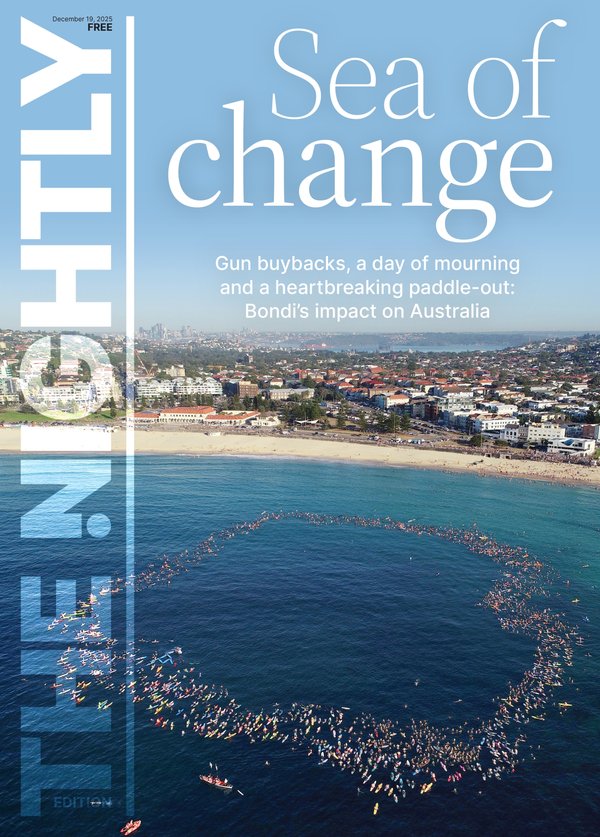AMP’s Shane Oliver says tax reform and red tape cuts needed to boost real wages

Shane Oliver has warned Aussies may be waiting until 2032 before real wages return to their 2020 peak, unless politicians cut taxes and red tape to get the economy moving again.
The top AMP economist projected families would be waiting seven years before wages rise enough to undo the damage from the cost of living crisis.
It follows a similar projection by Deloitte earlier this year.
Sign up to The Nightly's newsletters.
Get the first look at the digital newspaper, curated daily stories and breaking headlines delivered to your inbox.
By continuing you agree to our Terms and Privacy Policy.Australia was hit by a stimulus-fuelled price shock coming out of the pandemic, with inflation pushing up bills and slashing wages in real terms. That reduced the buying power of households.
“Over the last four years the average level of consumer prices is up 19 per cent whereas the average level of wages is up just 14 per cent,” Mr Oliver said in a research note on Tuesday.
“So, while Australians are starting to get ahead, their wages still buy less than they did four years ago.”
While inflation has slowed significantly, prices will remain permanently higher and will not fall back to their pre-stimulus levels.
AMP’s forecast assumes wages growth would remain at 3.25 per cent and inflation would return to the middle of the Reserve Bank’s target range at 2.5 per cent.
The projections highlight how hard it is to recover from an inflation bubble — and why both governments and the RBA will need to remain vigilant about keeping price rises under control in future.
“Both sides of politics have some blame,” Mr Oliver told The West Australian.
He pointed to the “massive increase” in government spending under the Coalition, and ongoing spending still rising under Labor.
Federal spending lifted from $478 billion in the 2019 financial year to a projected $625bn as of the March 2022 budget. That has since lifted further and is excepted to be $731bn this financial year, Federal Treasury documents show.
Mr Oliver said productivity growth would be the only way to get real wages moving faster.
“The only way you can sustainably improve it . . . we have to have productivity growth,” Mr Oliver said.
Rising productivity means the economy can make higher value goods and services without needing more workers or longer hours.
Top of Mr Oliver’s agenda to sharpen up competitiveness would be tax reform, deregulating labour markets and bringing more competition into the economy.
Mr Oliver also said there would need to be “a lid on government spending” because the growing size of the public sector was distracting resources from more productive parts of the economy.
Most economists argue tax reform and cutting red tape will boost productivity because regulation and taxes impose hidden costs. Every $100 raised through stamp duty or company tax is likely to hit economic activity by $140.
It’s widely believed that reducing company tax will bring investment into the country and help businesses become more globally competitive, which will both boost wages over the long term.
Originally published on The West Australian
